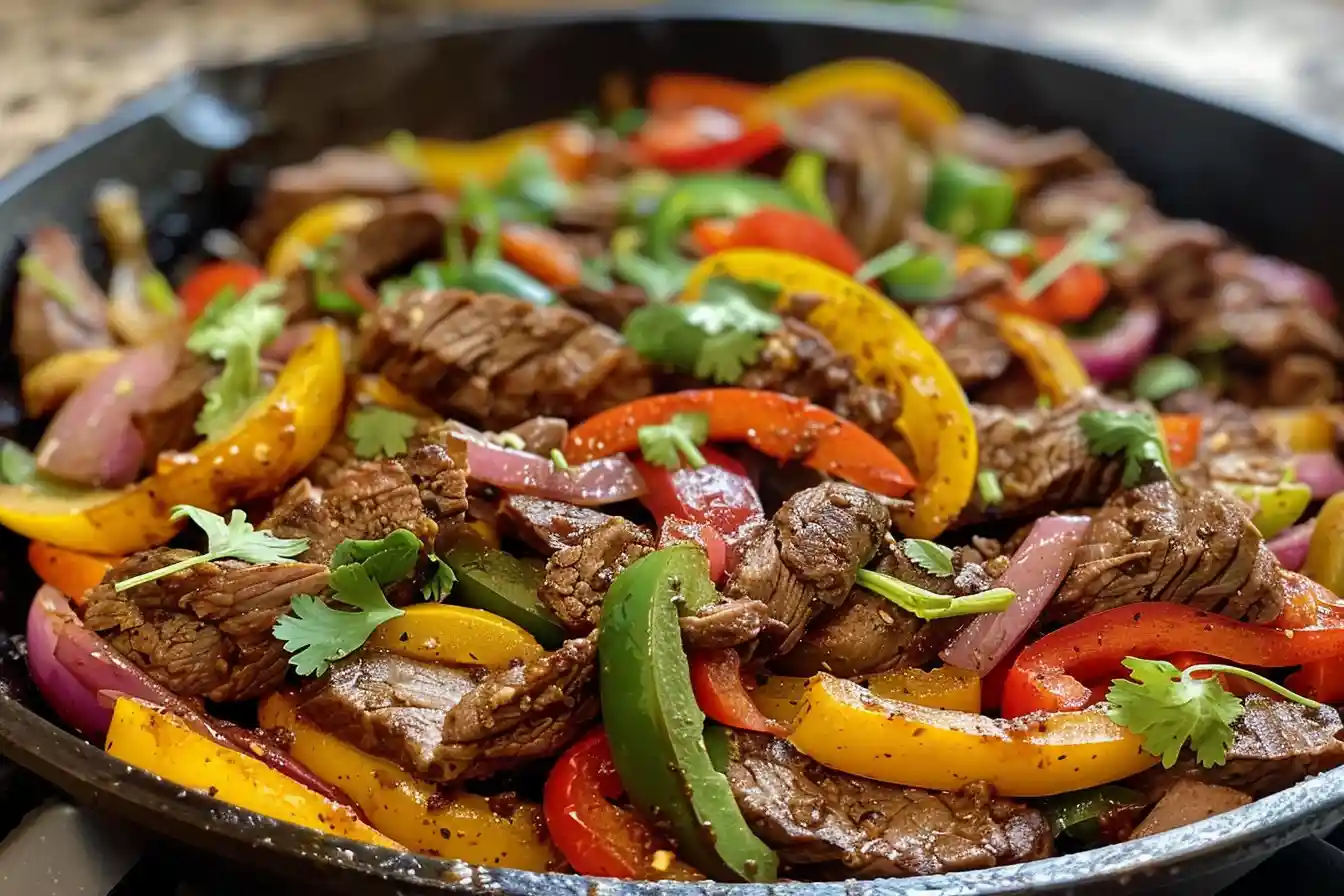When it comes to baking cookies, one of the most frequently asked questions by both novice and experienced bakers is What is the secret ingredient to keep cookies soft? The quest for that perfect, melt-in-your-mouth softness is one that many cookie enthusiasts pursue with passion.
Soft cookies offer a delightful texture that contrasts with the crispiness found in other types. They are comforting, indulgent, and often evoke a sense of nostalgia. But what exactly is the magic behind keeping cookies soft, and how can you ensure that your batch remains tender and chewy for days to come?
Understanding Cookie Chemistry The Role of Moisture
Before diving into the specific secret ingredient, it’s essential to understand the science behind cookie softness. At its core, cookie softness revolves around moisture retention. Cookies are made up of a delicate balance of ingredients, each contributing to their texture and flavor. The moisture content within the dough and how it interacts with these ingredients determines whether a cookie will be soft, chewy, or crispy.
Sugar and Its Impact on Softness
One of the key players in cookie softness is sugar. While sugar is responsible for the sweetness in cookies, it also affects their texture. Different types of sugars, like white sugar and brown sugar, behave differently when mixed into dough. White sugar, being more refined, contributes to a crisper texture, whereas brown sugar, which contains molasses, helps retain moisture, making the cookies softer. The secret ingredient might just be a type of sugar or an additional moisture-retaining component.
The Role of Fats
Fats like butter and oil are crucial in determining the texture of cookies. Butter, for instance, adds flavor and richness, but it can also lead to a crispier cookie if used in large amounts. Conversely, substituting some of the butter with other fats like vegetable oil can lead to a softer cookie. This is because oil, being liquid at room temperature, helps to maintain the moisture within the cookie, preventing it from drying out.
Eggs and Their Moisture-Retaining Properties
Eggs are another essential component of cookies, contributing not just to structure and leavening but also to moisture. The egg yolk is rich in fat and acts as an emulsifier, helping to keep the ingredients together while also contributing to a tender crumb. Using an extra egg yolk in your cookie dough can be a secret to enhancing softness, as it introduces more fat into the mix.
What is the Secret Ingredient to Keep Cookies Soft? The Power of Cornstarch
Now, to address the question that has brought us here: What is the secret ingredient to keep cookies soft? The answer lies in a somewhat unexpected but incredibly effective ingredient – cornstarch. This fine, powdery substance, often used as a thickening agent in sauces and soups, plays a remarkable role in maintaining cookie softness.
Why Cornstarch Works
Cornstarch works its magic by absorbing moisture and preventing the formation of too much gluten in the dough. Gluten is the protein that gives bread its chewy texture, but in cookies, too much gluten can lead to a tougher bite. When added to cookie dough, cornstarch acts as a tenderizer, creating a more delicate crumb that retains moisture. The result is a cookie that is soft and tender, even days after baking.
How to Use Cornstarch in Cookie Dough ?
Incorporating cornstarch into your cookie dough is simple. The typical method is to replace a small portion of the flour with cornstarch – usually about one or two tablespoons for every cup of flour. This small adjustment can have a significant impact on the final texture of your cookies, making them wonderfully soft.
Tip: When using cornstarch, be mindful of the overall texture of your dough. Since cornstarch absorbs moisture, you might need to adjust the amount of liquid or fat in your recipe slightly to achieve the perfect dough consistency.
Cornstarch in Different Cookie Recipes
Cornstarch is a versatile ingredient that works well in various cookie recipes. Whether you’re making classic chocolate chip cookies, sugar cookies, or even peanut butter cookies, a bit of cornstarch can elevate the softness of your treats. It’s a particularly effective addition in recipes where you want the cookies to stay soft for an extended period, such as during the holiday season when baking in advance is common.
Other Ingredients That Keep Cookies Soft
While cornstarch is a standout secret ingredient, it’s not the only one that can help keep your cookies soft. Let’s explore a few other components that can contribute to that perfect, soft texture.
Brown Sugar: A Moisture-Retaining Marvel
As mentioned earlier, brown sugar plays a vital role in cookie softness. Its molasses content not only adds a deeper flavor but also retains moisture more effectively than white sugar. Substituting some or all of the white sugar in your recipe with brown sugar can result in a softer cookie with a chewy center.
Pudding Mix: The Unexpected Softness Booster
Another lesser-known trick to keep cookies soft is adding instant pudding mix to the dough. Pudding mix contains cornstarch, sugars, and other emulsifiers that help retain moisture and create a tender crumb. This hack is particularly popular in chocolate chip cookie recipes, where the pudding mix not only softens the cookies but also enhances their flavor.
Sour Cream or Greek Yogurt: Adding Moisture and Tang
Incorporating a small amount of sour cream or Greek yogurt into your cookie dough can also work wonders. These ingredients add extra moisture and a slight tang that complements the sweetness of the cookies. They also contribute to a softer texture, making them ideal for cookies that need to stay soft for several days.
Honey and Maple Syrup: Natural Humectants
Both honey and maple syrup act as natural humectants, meaning they draw moisture from the air and help retain it in the cookie. Adding a tablespoon or two of these natural sweeteners can enhance the softness of your cookies while adding a subtle flavor depth. However, be cautious with the amounts, as too much liquid sweetener can alter the overall texture of the dough.
Techniques to Ensure Cookie Softness
Beyond the ingredients, certain baking techniques can also contribute to keeping your cookies soft. Understanding and applying these methods can make all the difference in achieving the desired texture.
Underbaking: A Key to Softness
One of the simplest techniques to keep cookies soft is to slightly underbake them. When cookies are baked just until the edges are set but the centers are still slightly underdone, they continue to cook on the baking sheet after being removed from the oven. This residual heat allows the cookies to firm up without becoming too crisp, resulting in a soft, tender interior.
Proper Storage: Retaining Moisture Post-Baking
How you store your cookies after baking is crucial in maintaining their softness. To keep cookies soft, store them in an airtight container as soon as they’ve cooled. For added moisture retention, place a slice of bread or a few apple slices in the container with the cookies. The bread or apple will release moisture, which the cookies will absorb, keeping them soft.
Chilling the Dough: Enhancing Texture and Flavor
Chilling cookie dough before baking is another technique that can help with softness. When dough is chilled, the fats solidify, leading to less spread during baking. This results in a thicker cookie with a soft center. Chilling also allows the flavors to meld and develop, giving you a richer-tasting cookie.

Common Mistakes That Lead to Hard Cookies
Even with the right ingredients and techniques, certain common mistakes can lead to cookies that are too hard or dry. Being aware of these pitfalls can help you avoid them and ensure your cookies stay soft and delicious.
Overmixing the Dough
One of the most common mistakes is overmixing the dough. When flour is mixed too much, it develops gluten, which can lead to a tougher cookie. To avoid this, mix the dough just until the ingredients are combined. If you’re adding mix-ins like chocolate chips or nuts, fold them in gently to avoid overworking the dough.
Overbaking: The Enemy of Softness
As discussed earlier, overbaking is a surefire way to end up with hard cookies. Even a minute or two too long in the oven can cause the moisture in the cookies to evaporate, leading to a dry texture. Always keep an eye on your cookies during the last few minutes of baking and remove them from the oven as soon as the edges are set.
Inaccurate Measuring
Baking is a science, and inaccurate measuring of ingredients can throw off the balance needed for soft cookies. Too much flour, for example, can make the dough too stiff, resulting in a denser, less tender cookie. Always use the correct measuring tools and follow the recipe closely to ensure the right texture.
Exploring Regional Variations of Soft Cookies
The desire for soft cookies is universal, but different regions have their own versions of soft, chewy treats. Exploring these variations can give you new ideas and inspiration for your baking endeavors.
American Soft Cookies
In the United States, chocolate chip cookies are the quintessential soft cookie. However, snickerdoodles, with their soft, pillowy texture and cinnamon-sugar coating, are also beloved. The key to their softness often lies in the addition of cream of tartar, which gives them their characteristic tang and soft texture.
French Madeleines
In France, madeleines are a classic example of a soft, cake-like cookie. These shell-shaped cookies are known for their delicate crumb and are often flavored with lemon or vanilla. The secret to their softness is the inclusion of melted butter and the unique baking technique that involves chilling the batter before baking.
Italian Soft Amaretti
Amaretti, a traditional Italian almond cookie, can be either crunchy or soft, depending on the recipe. The soft version, known as Amaretti morbidi, is made with almond flour, sugar, and egg whites, resulting in a chewy, tender cookie with a rich almond flavor.
German Lebkuchen
In Germany, Lebkuchen are soft, spiced cookies traditionally made during the holiday season. These cookies often contain honey, nuts, and a variety of warm spices like cinnamon and cloves. The honey acts as a natural humectant, keeping the cookies soft and moist.

The Nutritional Aspect: Can Soft Cookies Be Healthy?
While cookies are typically considered indulgent treats, there are ways to make them healthier without sacrificing softness. Understanding the nutritional aspect of cookies can help you make better choices for your diet.
Substituting Ingredients for Healthier Soft Cookies
One way to make cookies healthier is by substituting certain ingredients with more nutritious alternatives. For example, using whole wheat flour instead of all-purpose flour adds fiber and nutrients to your cookies. While whole wheat flour can sometimes result in a denser texture, combining it with cornstarch can help maintain softness.
Another substitution is replacing some of the butter with unsweetened applesauce. Applesauce adds moisture and sweetness while cutting down on fat and calories. It’s a great way to make your cookies softer and healthier.
Reducing Sugar without Compromising Softness
Reducing the sugar content in your cookies can make them healthier, but it’s important to do so without compromising softness. One approach is to use natural sweeteners like honey or maple syrup in place of some of the refined sugar. These sweeteners not only add flavor but also help retain moisture, keeping your cookies soft.
Incorporating Nutritious Add-Ins
Adding nuts, seeds, or dried fruits to your cookie dough can boost the nutritional value of your cookies. These add-ins provide healthy fats, fiber, and vitamins while also contributing to the texture and flavor. For instance, adding chopped walnuts or flaxseeds can give your cookies a satisfying crunch while keeping the centers soft and chewy.
Cookie-Baking Tools: Ensuring the Best Results
Using the right tools can make a significant difference in your cookie-baking experience. Having the proper equipment ensures that your cookies bake evenly and come out soft and perfect every time.
Silicone Baking Mats
One of the best tools for baking soft cookies is a silicone baking mat. These mats provide a non-stick surface, ensuring that your cookies spread evenly and bake without sticking to the pan. They also help to regulate heat distribution, preventing the bottoms of your cookies from browning too quickly.
Cookie Scoops
Cookie scoops are essential for portioning out dough evenly. When cookies are uniform in size, they bake more evenly, which is crucial for achieving the perfect softness. Cookie scoops also make the process faster and less messy.
Cooling Racks
After baking, it’s important to let your cookies cool properly to maintain their softness. Cooling racks allow air to circulate around the cookies, helping them cool evenly without becoming soggy on the bottom. This step is particularly important if you plan to store the cookies for later.
Airtight Containers
Finally, storing your cookies in airtight containers is key to keeping them soft. These containers prevent air from getting in, which can dry out your cookies. If you want to go the extra mile, you can also add a small piece of parchment paper between layers of cookies to prevent them from sticking together.
Storing Soft Cookies: Best Practices
Storing cookies properly is essential for maintaining their softness over time. Whether you’re making them for a special occasion or just to have on hand, following these best practices will ensure your cookies stay fresh and soft.
Room Temperature Storage
For short-term storage, keeping cookies at room temperature in an airtight container is usually sufficient. As mentioned earlier, adding a slice of bread to the container can help retain moisture, as the cookies will absorb some of the bread’s humidity.
Freezing Soft Cookies
If you want to keep your cookies soft for an extended period, freezing is a great option. To freeze, place the cookies in a single layer on a baking sheet and freeze until solid. Then, transfer them to a freezer-safe bag or container. When you’re ready to enjoy them, let the cookies thaw at room temperature or warm them briefly in the oven to restore their softness.
Reheating for Freshness
If your cookies have lost some of their softness after a few days, you can easily reheat them to bring back that fresh-baked feel. Place the cookies in a 300°F oven for a few minutes, just until they’re warmed through. This can help revive their texture and make them feel like they just came out of the oven.
What is the secret ingredient to keep cookies soft? As we’ve explored, the answer lies in a combination of the right ingredients, such as cornstarch, brown sugar, and even pudding mix, along with careful baking techniques and proper storage. Achieving the perfect soft cookie is both a science and an art, requiring attention to detail and a bit of experimentation.
Whether you’re baking for a special occasion or simply indulging in a sweet treat, understanding the secrets to soft cookies will elevate your baking game. With the knowledge and tips shared in this guide, you’re well on your way to creating cookies that are not only soft and delicious but also a hit with anyone who tries them.





